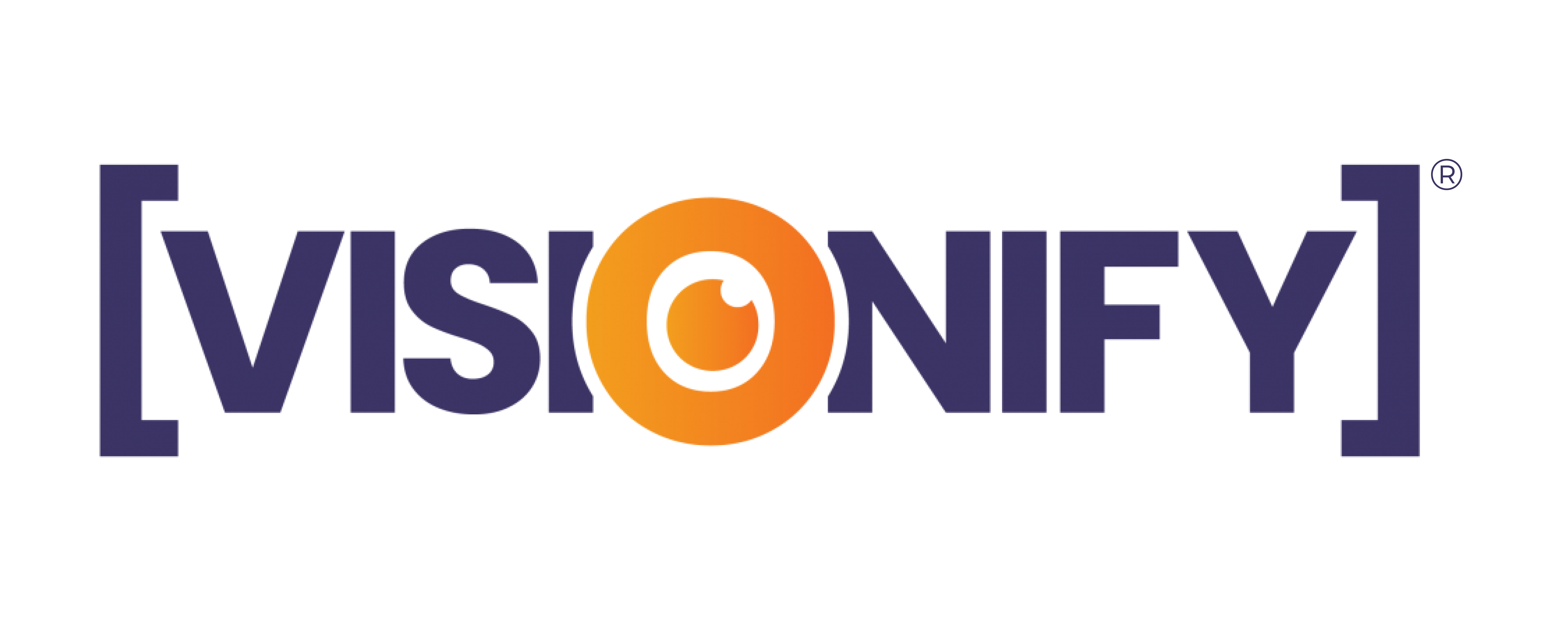Introduction
In today’s rapidly evolving world, organizations across industries face numerous challenges related to environmental sustainability, occupational health, and workplace safety. To tackle these concerns efficiently, the concept of EHS (Environment, Health, and Safety) has gained prominence. This blog post aims to delve into the meaning and significance of EHS, highlighting its key aspects and exploring ways for effective EHS management.
What Does EHS Mean?
EHS, an acronym for Environment, Health, and Safety, represents a comprehensive approach to managing the well-being of employees, safeguarding the environment, and ensuring compliance with legal regulations. It encompasses a range of practices, policies, and procedures to minimize risks, prevent accidents, protect workers, and reduce the environmental impact of business operations.
EHS encompasses a broad spectrum of activities that organizations undertake to create a safe and sustainable working environment. It involves identifying and assessing potential hazards, implementing preventive measures, and fostering a culture of safety and environmental responsibility. EHS management systems typically include risk assessments, training programs, incident reporting, emergency response planning, and regular audits.
Why Is EHS Important?
Employee Well-being: Ensuring the safety, health, and overall well-being of employees is of utmost importance, making it a core aspect of EHS (Environment, Health, and Safety) practices. By implementing EHS practices, organizations can minimize workplace accidents, prevent injuries, and protect their workforce’s physical and mental health.
Compliance with Legal Requirements: Organizations have a legal and moral obligation to comply with health, safety, and environmental regulations. EHS management systems provide a framework for meeting these requirements, avoiding legal liabilities, and maintaining a positive reputation in the industry.
Operational Efficiency: Effective EHS management enhances operational efficiency by reducing downtime caused by accidents, injuries, or environmental incidents. Organizations can proactively address risks, optimize processes, minimize disruptions, and improve productivity.
Reputation and Stakeholder Confidence: Strong EHS performance builds trust and confidence among stakeholders, including employees, customers, investors, and the community at large. Demonstrating a commitment to EHS principles can enhance an organization’s reputation, attract top talent, and foster long-term business relationships.
Workplace Safety: One of the Prime Concerns of EHS
Ensuring a safe working environment is a fundamental aspect of EHS. This includes identifying and addressing hazards, ensuring usage of Personal Protective Equipment (PPE), promoting ergonomic practices, and conducting regular safety training.
Leveraging Computer Vision Technology for Effective EHS Management
As organizations strive to enhance their Environment, Health, and Safety (EHS) practices, technological advancements have proven to be invaluable tools. Among these technologies, Computer Vision, also known as Vision AI, has emerged as a powerful solution for improving EHS management. Vision AI can effectively aid in managing EHS concerns, enhance safety measures, and streamline processes. Let’s understand;
Enhanced Hazard Detection: Computer vision systems can analyze surveillance camera video feeds from within the workplace to detect potential hazards in real time. By leveraging deep learning algorithms, these systems can identify unsafe conditions such as spills and leaks, equipment malfunctions, or blocked emergency exits. Timely detection enables proactive intervention, preventing accidents and injuries before they occur.
Automated Safety Compliance: Ensuring compliance with safety regulations is critical to EHS management. Computer vision technology can assist in automating safety compliance processes. For example, it can monitor employees’ adherence to safety protocols, such as wearing appropriate personal protective equipment (PPE) or maintaining proper posture while carrying heavy objects. This automation reduces the reliance on manual inspections and minimizes the chances of oversight.
Worker Monitoring and Assistance: Computer vision technology can monitor workers’ movements and activities, alerting them to potential safety risks. For instance, it can identify incorrect body postures, repetitive motions, or excessive fatigue levels, helping prevent musculoskeletal disorders and other work-related injuries. Additionally, computer vision systems can provide real-time guidance and feedback to workers, fostering safer work practices.
Emergency Response and Evacuation: During emergencies, computer vision technology can be instrumental in facilitating swift and effective responses. It can analyze real-time video feeds to detect emergencies, such as fires or accidents, and automatically trigger alarms, notifications, or evacuation procedures. Additionally, computer vision-enabled evacuation systems can monitor the flow of people, detect overcrowding, and guide individuals to the nearest safe exits, ensuring orderly and efficient evacuations.
Data-Driven Insights and Analysis: Computer vision technology generates large data that can be analyzed to gain valuable insights. These insights enable data-driven decision-making, helping organizations optimize safety protocols, allocate resources effectively, and continuously enhance their EHS performance.
The Bottom line
Vision AI offers immense potential for revolutionizing EHS management practices. By leveraging its capabilities in hazard detection, safety compliance automation, worker monitoring, emergency response, and data analysis, organizations can enhance their EHS programs’ effectiveness and ensure the well-being of employees while minimizing environmental impact. As technology evolves, incorporating Vision AI into EHS strategies becomes essential to achieving comprehensive and proactive EHS management.
Transform your workplace safety practices and take your EHS management to the next level; discover the innovative solutions offered by Visionify that can help you enhance workplace safety.


